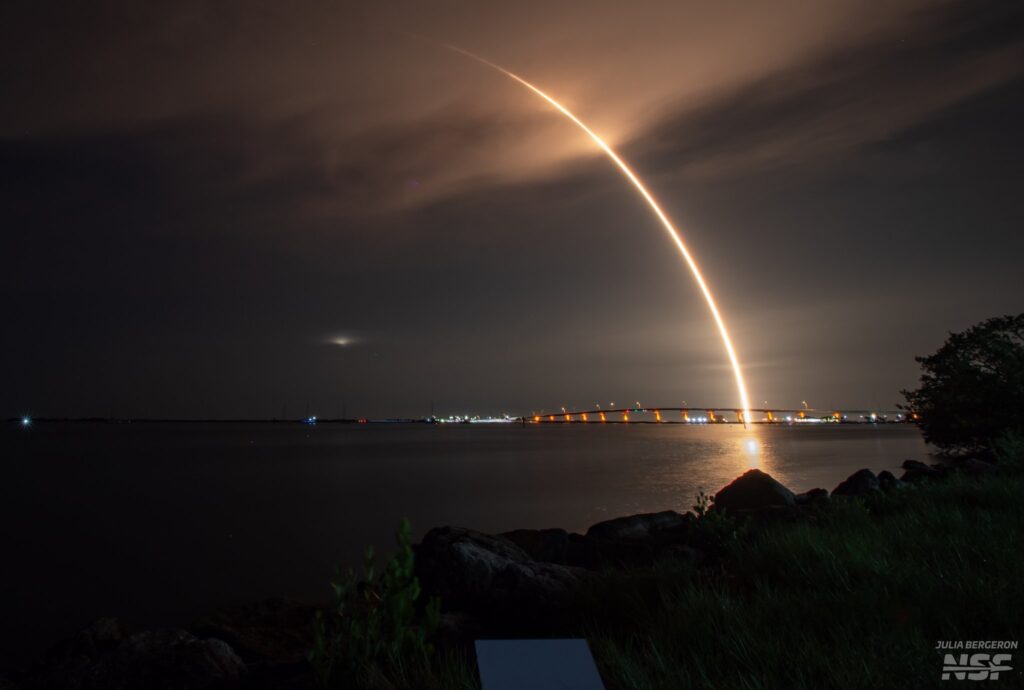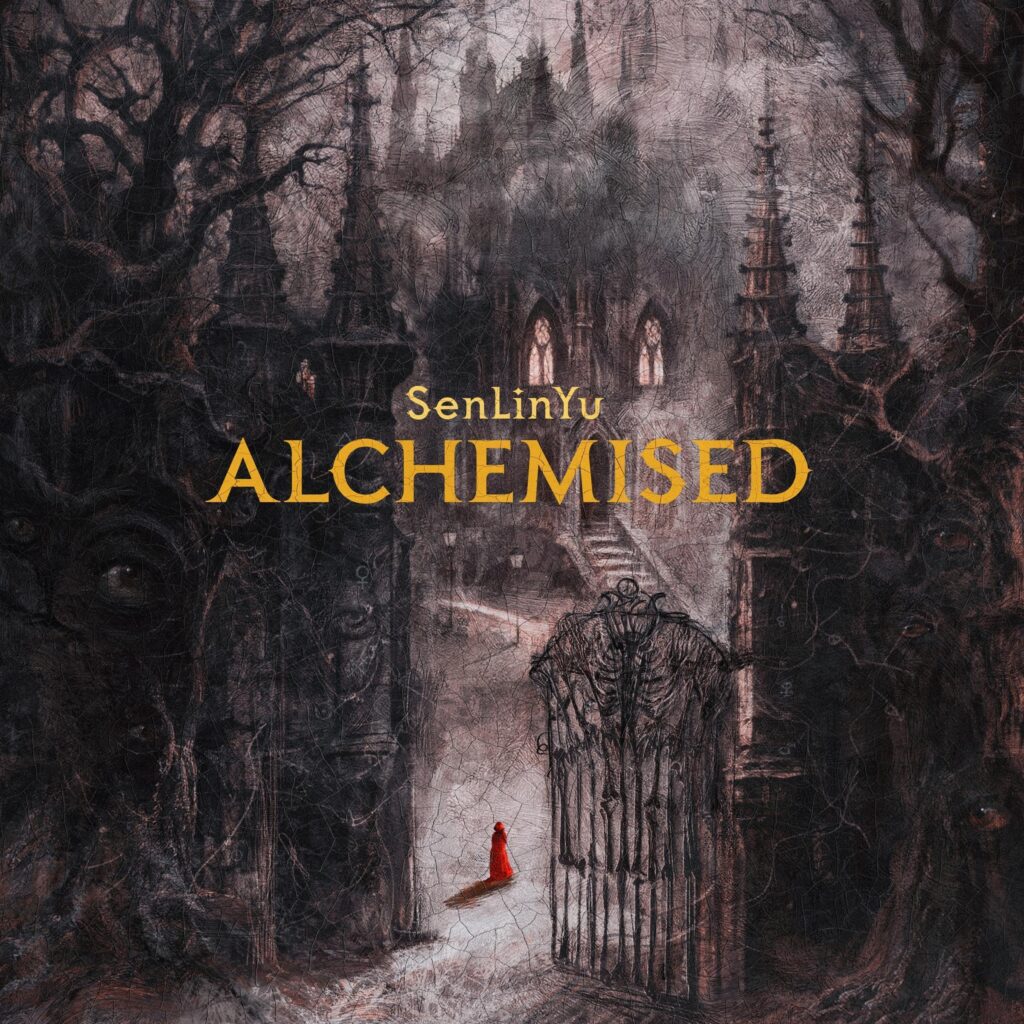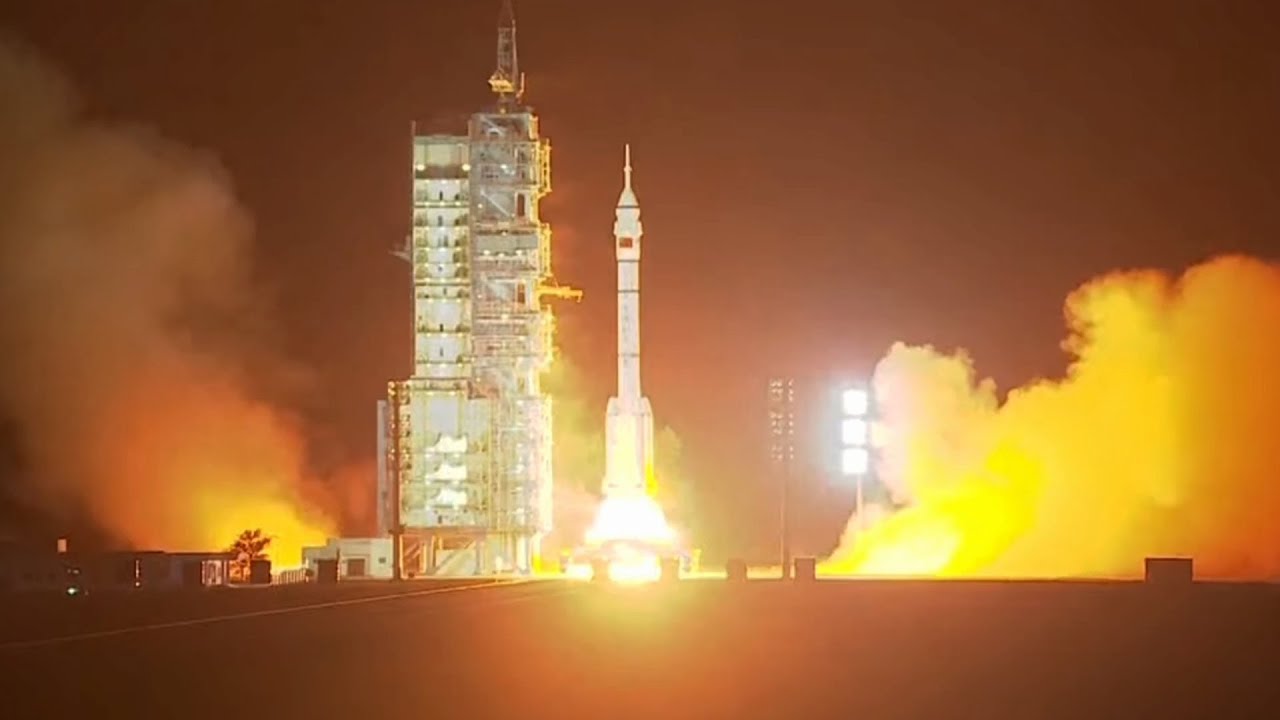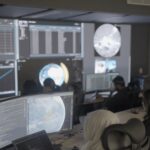Now Reading: European Space Agency’s Cluster mission concludes after 25 years of exploring solar effects on Earth
-
01
European Space Agency’s Cluster mission concludes after 25 years of exploring solar effects on Earth
European Space Agency’s Cluster mission concludes after 25 years of exploring solar effects on Earth


What began as a somber journey culminated in a remarkable success story. The European Space Agency’s ambitious 25-year Cluster mission to examine the effects of invisible solar storms on Earth’s environment has reached a significant conclusion. Launched in 2000, the Cluster satellites have played a critical role in exploring the dynamics between the Sun and Earth, effectively navigating the vast seas of solar activity.
Earth is constantly subjected to swarms of particles thrown into space by the Sun at staggering speeds. Thanks to its magnetosphere, the planet is generally protected from these solar winds, which usually pass by without causing harm. However, this natural shield is not infallible. Over the years, the Cluster mission has provided invaluable insights into the intricate relationship between solar phenomena and terrestrial conditions.
The European Space Agency has announced plans to deorbit the four Cluster satellites safely between 2024 and 2026, officially marking the end of the mission on September 8, 2024. This decision follows two and a half decades of significant achievements in space research that have transformed our understanding of how solar activity affects our planet.
The story of the Cluster mission goes beyond its scientific contributions; it reflects the dedication and passion of the people behind it. Scientists and engineers involved, including Arnoud Masson, C. Philippe Escoubet, and Gill Watson, among others, shared their experiences and insights, adding a personal touch to the project’s legacy.
The mission’s journey is captured in a new film produced by Space Rocks for the European Space Agency, featuring an orchestral score by Karlotta Skagfield as well as contributions from Bruce Dickinson. As viewers engage with this film and the accompanying podcast series, they will delve deeper into the narrative of a mission that underscores the intersection of human effort and scientific discovery in the quest to understand our universe.
Stay Informed With the Latest & Most Important News
Previous Post
Next Post
-
 012024 in Review: Highlights from NASA in Silicon Valley
012024 in Review: Highlights from NASA in Silicon Valley -
 02Panasonic Leica Summilux DG 15mm f/1.7 ASPH review
02Panasonic Leica Summilux DG 15mm f/1.7 ASPH review -
 03From Polymerization-Enabled Folding and Assembly to Chemical Evolution: Key Processes for Emergence of Functional Polymers in the Origin of Life
03From Polymerization-Enabled Folding and Assembly to Chemical Evolution: Key Processes for Emergence of Functional Polymers in the Origin of Life -
 04How New NASA, India Earth Satellite NISAR Will See Earth
04How New NASA, India Earth Satellite NISAR Will See Earth -
 05And Thus Begins A New Year For Life On Earth
05And Thus Begins A New Year For Life On Earth -
 06Astronomy Activation Ambassadors: A New Era
06Astronomy Activation Ambassadors: A New Era -
07SpaceX launch surge helps set new global launch record in 2024




















